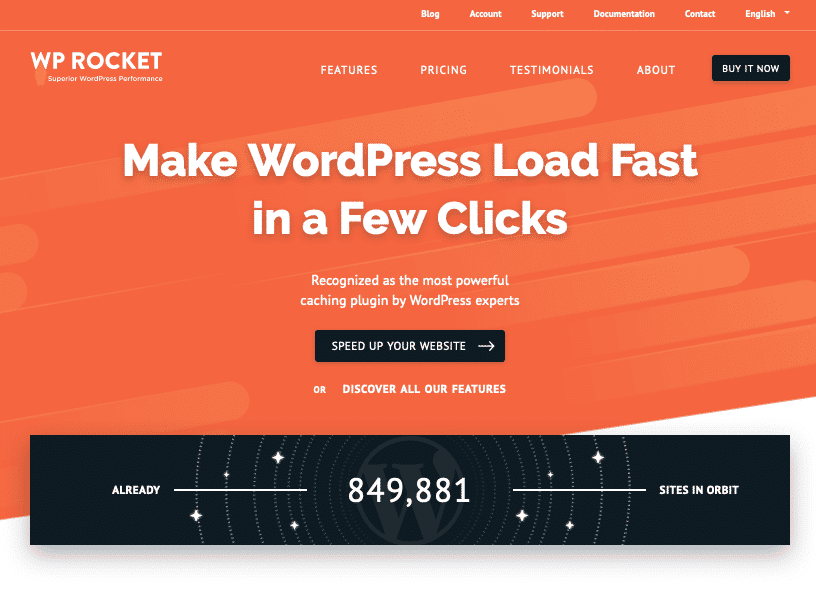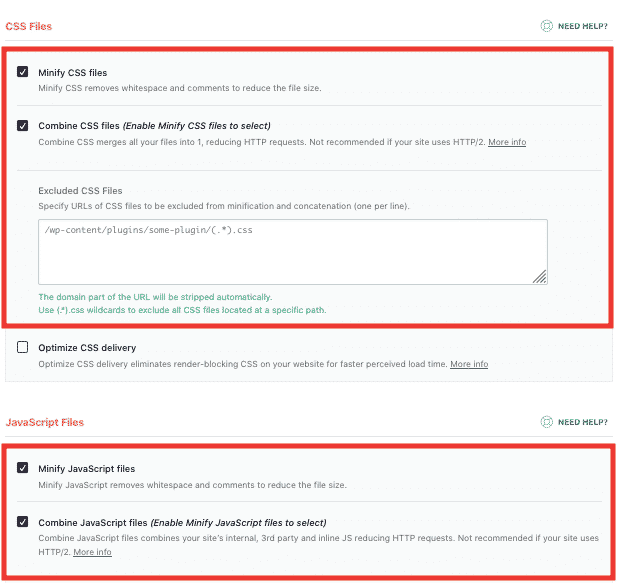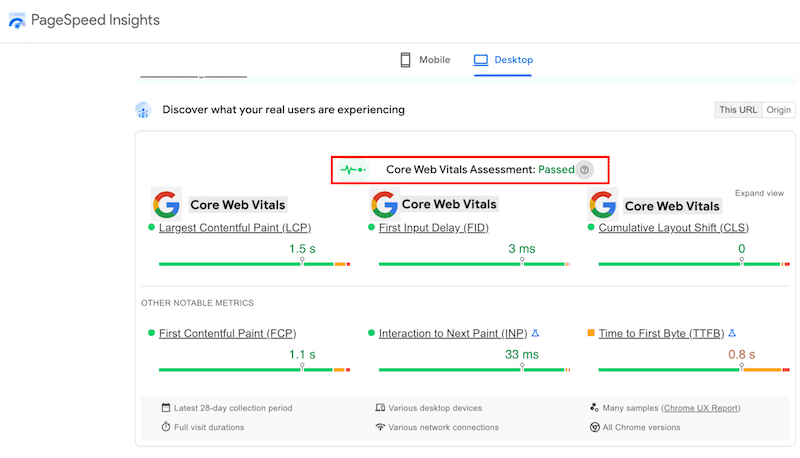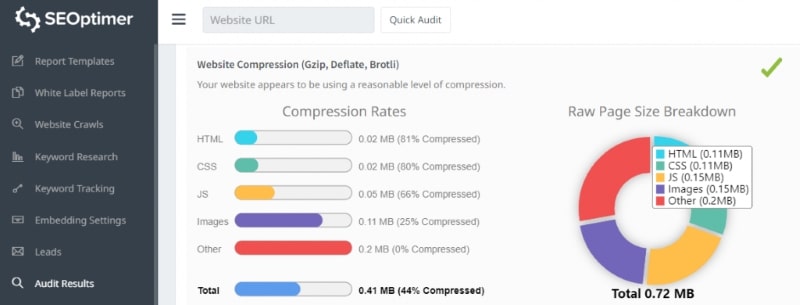A solid strategy for SEO optimization for WordPress shouldn’t ignore making sure your website is optimized for speed.
This is especially crucial since Google wants pages loading a minimum of 90% of its content in 100 ms for it to rank well.
Fortunately, WordPress and SEO go hand in hand. The software is built with SEO in mind.
So, if you’re already adding SEO-friendly content to your site, follow the tips and resources below to find out how to optimize WordPress for SEO by improving your website’s performance.
Choose Reliable Hosting
When you’re starting to figure out how to optimize WordPress for SEO, one of the basic things to be aware of is that reliable hosting is crucial for a speedy site.
If you’re serious about ranking higher in search engines, inexpensive hosting isn’t enough because, well, you get what you pay for, really.
While it may be suitable when you’re starting out, you’ll need to upgrade later as your site grows. That doesn’t just include when your site gets more visitors, but also when you add more content, and plugins.
Find out your projected growth, then plan accordingly because reliable hosting is the foundation for a quick-loading site, and that’s good for both WordPress and SEO.
For details, check out How Fast is My Server? Demystifying the Features Hosting Offers.
Pro tip: Do in-depth research on what each hosting plan includes to help you determine if it’s enough for your needs.
Look past any flashy marketing. Also, consider looking at honest reviews for clues on what to expect from a hosting provider.
Don’t Use Too Many Plugins
When it comes to knowing how to optimize WordPress for SEO, the next step is auditing your plugins. Plugins increase the features of your WordPress site. But, if you add more to your site than your hosting plan can comfortably handle, your site’s speed, and performance suffers.
These resources should help point you in the right direction:
- How Many WordPress Plugins is Too Many?
- How Much Disk Space Does a WordPress Website Need?
- PageSpeed Insights Is Now Powered by Lighthouse: How to Read the New Audit?
- Pingdom vs GTmetrix vs WebPagetest: How Are They Different?
Pro tip: There isn’t a hard-and-fast rule for the exact number of plugins your site should have since every WordPress site is different. That’s why it’s crucial to run page speed tests to determine if plugins may be slowing down your site.
Use Cleanly-Coded Plugins and Themes
Next up on the list to know how to optimize WordPress for SEO is ensuring the plugins and themes you’re using are well-coded for SEO optimization for WordPress as well as to reduce your site’s bloat.
If your site becomes bloated, then your site’s performance gets reduces and your pages load much slower.
That’s why it’s another important step to take for both WordPress and SEO, especially if your site is perceived to load slowly.
Check out What is Perceived Performance and Why You Need to Optimize It, and How to Reduce Time to First Byte and Load Your WordPress Site Faster for details.
Pro tip: Take a look at the code of each plugin to determine if it’s cleanly coded. Download and unzip the file. Then, open it in a text editor to give it a read.
Not too familiar with code? Take a look at Chrome’s Developer Tool to help you suss out any performance issues that may be related to the plugins you’re using on your site.
Optimize Your Images
The next step for SEO optimization for WordPress is optimizing your images, and there are a couple of main ways to do it including compressing your images and saving them properly.
Every time your site loads a page with images, the image files are loaded and it costs your server resources. If you made the image files smaller in size by optimizing them, it becomes a quick win for your server, WordPress, and SEO.
You can compress images when you save them and you can also compress images on your WordPress site using a plugin.
For further details on image optimization, check out Image Optimization – An Easy Win For A Faster Site.
Pro tip: An often overlooked aspect of image optimization is making sure you save your images in the actual size you want to use. While WordPress can resize images for you after you upload them to your site, it costs your server extra resources.
But, you can save on bandwidth if you crop your images to the size that your WordPress theme has set such as for blog post featured images, for example.
Implement Multiple Types of Caching
Speaking of image optimization, another way you can optimize images as well as other content is through caching. What caching does is create a static version of a WordPress page so when it’s loaded for an end user, it eats up less of your server resources than if you didn’t implement caching.
If you use multiple types of caching on your site it will significantly boost your site’s performance as well as add SEO optimization for WordPress.
Here are several resources for details on caching and its many forms:
- Caching for WordPress, Explained in Plain English
- Site Cache vs Browser Cache vs Server Cache: What’s the Difference?
- What is Object Caching and How to Use It With WordPress
- Browser Cache vs Cookies: What’s the Difference?
- Browser Caching, Explained In Plain English
- What Is the Difference between a CDN and Domain Sharding?
- A Caching Plugin is Critical to Your WordPress Site
Pro tip: You can quickly add caching to your site to boost both WordPress and SEO by installing and activating a caching plugin such as WP Rocket. With it, you can automatically optimize your site with caching just by installing it.
Once it’s activated, you’re ready to go and you don’t have to fiddle with any settings, though, you can if you want to go the extra mile.

Update Your Version of PHP
Speed has a lot to do with SEO optimization for WordPress and here’s an excellent way to know how to optimize WordPress for SEO: Upgrade your server’s PHP version.
A huge boost to performance came with the release of PHP version 7 which is two times faster than version 5.6. If you want to know how to optimize WordPress for SEO in a quick way, you can update to the latest version of PHP 7.
At the time this article was published, the current stable version is 7.6.8. You can view the current latest version on the PHP Download page.
You can update PHP on your server, but the process can vary depending on your host.
Pro tip: There’s a list of host-specific tutorials on WordPress’ GitHub. You can find and follow the steps that apply to you for a no-nonsense approach to upgrading your server’s PHP version.
Minification and Concatenation
Another way to implement SEO optimization for WordPress through optimizing your site’s performance is to minify and combine files.
Minifying means stripping a file’s code, removing characters such as spaces and comments that make the file human-readable, but aren’t technically necessary to make the file execute. Removing the extra characters makes the file size smaller which reduces the bandwidth needed to load the page for every visitor.
Combing files (concatenation) is all about combining multiple files together into one in a way that doesn’t inhibit the file from executing properly. That way, only one file needs to load rather than multiple ones to reduce the amount of resources needed every time a page is loaded.
It may also be important to note that if you’re using HTTP/2, you don’t need to combine your files since this process becomes obsolete with it.
For details, check out Minification – Explained in Plain English, and Minification, Concatenation, and GZIP Compression: How to Optimize Your Code.
Pro tip: Minify and combine your WordPress files in a couple clicks with WP Rocket. With other plugins, errors are common for these tasks, but WP Rocket handles file minification and concatenation safely so you don’t have to worry.

Reduce DNS Lookups and Time to First Byte
Once you’re done optimizing WordPress and SEO through performance, you may still be wondering how to optimize WordPress for SEO in other ways. You can improve performance for the benefit of WordPress and SEO by reducing DNS lookups as well as lowering the time to first byte (TTFB).
If you have optimized WordPress and SEO in every other way, but still finding your site is loading too slow, these are the areas you should troubleshoot.
A DNS lookup occurs when an end user types in your domain to access your website. A process called a DNS lookup occurs to translate the domain to the IP address of your site, which is how your site is actually accessed.
But, a domain is easier to remember than an IP address.
Simply put, TTFB is how long it takes for you site to start displaying content and executing files.
By speeding up these two areas, you can make small improvements that end up making a huge, overall impact.
You can check out How to Reduce DNS Lookups to Speed Up Your WordPress Site, How to Test DNS Server Response Time to Troubleshoot Site Speed, and Speed Up your Website: Make the First Few Seconds Count.
Pro tip: Use a service like Pingdom or GTMetrix to see a breakdown of what was loaded and when. That way, you can visually and quickly see what’s taking the longest to load so you can make improvements.
With GTMetrix, you can also find your TTFB under the Timings tab when viewing results.
SEO Optimization for WordPress: Done
Now, you have a good idea of how to optimize WordPress for SEO with these tips for WordPress and SEO. Improving your site’s performance also goes a long way when it comes to SEO optimization for WordPress.
If you follow up with these tips and resources, you’ll certainly be well on your way to improving SEO optimization for WordPress.
Still wondering how to optimize WordPress for SEO? Maybe you aren’t sure how WordPress and SEO go hand-in-hand, or need more tips on SEO optimization for WordPress. If so, check out the other resources below, and let us know what you’re unsure about in the comments below.
Kick up Your SEO Another Notch
- How to Optimize SEO in WordPress: A Practical Guide
- Yoast WordPress SEO Plugin: The Toolkit Your Site Needs
- The All in One SEO WordPress Plugin: Help Your Site Rank Well
- WooCommerce SEO: The Best Plugin for Your Online Store
- WP Rocket: Cache Plugin for WordPress SEO
The post SEO Optimization for WordPress through Improving Site Performance appeared first on WP Rocket.
Powered by WPeMatico




